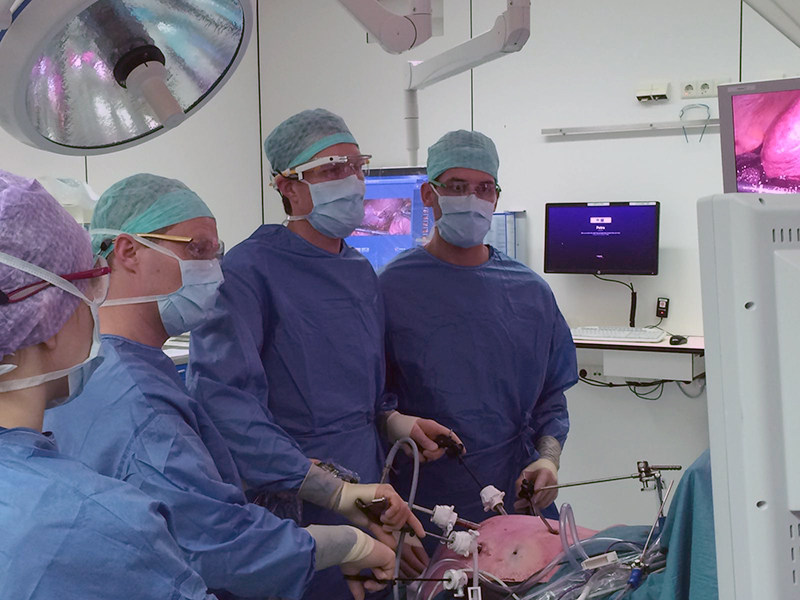In the past I have discussed the Internet of Things—specifically, the Internet of Medical Things. I explored how new technologies are being successfully used in healthcare by doctors or healthcare centers, providing more efficiency, ease of use and data collection to ultimately increase benefits for patients and staff.1 I’ve also written about wearables and how new technology items can be used on the wrist (e.g., e-watch), the head (e.g., special spectacles), or in implants or clothes, all for data information exchange.
An example I want to explore here is augmented reality and Google Glass. Various surgeons have already used Google Glass during operations. Sharing videos or images allows them to seek real-time assistance from other specialists who may be halfway across the world. They are able to receive instant feedback and provide input to improve efficiencies and results. During operations, the augmented reality Heads-Up Display (HUD) can provide important images to surgeons, while allowing them to stay in close proximity to the patient.
“With a wearable device like Google Glass, the surgeon or physician is able to conduct an audio/visual recording [in] any part of the operating room, as well as the conversations between surgeons and operating assistants. This might be one of the major advantages,” said one of the leading surgeons in a major Dutch hospital. He sees this modern technology as a means to “connect all things together that we do individually in the room”.

Other advantages that augmented reality devices offer include education and compliance:
- Education: Surgeons can use Google Glass to display a surgery from their visual perspective for teaching purposes. Trainees can use it as an additional aide in preparing for their first operation.
- Compliance: By recording the surgery and the total process in the ER, audio and video can be used to find out exactly what happened in the event that something goes wrong during the procedure and why, and for checking compliance with regulations and to help settle any complaints.
In line with the examples described above, virtual reality is another technology that can be used for educational and compliance purposes. Consider the use of a special virtual reality 3-D device (like special spectacles). A surgeon can precisely record all actions in the room first hand. The advantages are significant considering the surgeon can view exactly what is in his or her focus in 3-D and not be dependent on the view from one camera. Such a device can be used for training as well.
The main barriers that need to be managed in this area are data security, patient privacy and cost. Data safety is already a focal topic in healthcare: Consumers should feel confident and safe that the collected data will not be made publicly available. Currently, there are only a few rules around best practices and safeguarding security and privacy, but the mass market will be reached only if appropriate regulations (or rules) are set up and followed. The cost of these devices is high, but regardless, business experts expect that the market for wearable health devices will grow to $50 billion in the next 10 years.
While the technology is certainly innovative, it is currently not marketed as a medical device. However, as augmented and virtual reality technologies become more prevalent and are marketed as medical devices, manufacturers will need to navigate regulatory approval, clearance and authorization to market these technologies from regulatory bodies around the world.
Cloud-based technologies are also seeking to play a major role in the future within the healthcare and the smart wearables industry.
However, all of these changes in healthcare are not easy, and adoption by different healthcare communities and stakeholders takes time. However time savings, quality of service and more efficient processes are clearly important, certainly when our health is at stake.
Reference
- Luyer, E. (February 11, 2016). “Practical Use of the Internet of Things in Healthcare,” Life-Science Panorama, A Journal for Industry Executives. Accessed June 13, 2016. Retrieved from http://axendia.com/blog/2016/02/11/practical-use-of-the-internet-of-things-in-healthcare.







